You can have 10k visitors a day and still get zero clients. Sad? Yep. That’s what happens when your SEO works, but your conversion sucks.
I’ve been there too—traffic growing like crazy, but leads? Crickets.
In this post, I’ll show you 10 real SEO conversion optimization tips. Not theory. Not guru blah-blah. Just what actually works in 2025.
We’ll talk CRO tricks, content hacks, CTA mistakes, and how tools like Plerdy, Google Analytics, and Search Console help turn visitors into customers. A small tweak in a landing page layout can instantly increase your SEO conversion rate and turn passive visits into leads.
In 2025, the only way to grow fast is combining SEO and conversion optimization into one powerful strategy. Because traffic without conversion?
That’s just… server load.
Understand What SEO Conversion Optimization Really Means

What is SEO Conversion Optimization?
OK, first—don’t mix up stuff. SEO is not CRO. But they should be friends. Good friends.
SEO brings traffic. CRO turns that traffic into something useful.
When you combine them, you get SEO conversion optimization. Many marketers focus on traffic but forget how crucial SEO conversion rate optimization is for real growth. It means: bring people from search AND make them do what you want. Fill a form, buy something, book a demo—whatever your goal is.
Here’s what a conversion can be:
- Email signup
- Free trial start
- Purchase
- Download PDF
- Click “Call Now” button
So yeah. One brings them. Other makes them move. Like Batman and Robin.
Why It Matters in 2025
You might think, “Nah, let’s just get more traffic.” But here’s the thing—it’s expensive. Google Ads, content, backlinks… all that costs money or time. Sometimes both.
Now imagine you already have traffic. But no one clicks your CTA. That’s pain. You pay or wait for visitors, and they do nothing. Zero. Nada.
In 2025, SEO is crazy competitive. The secret sauce? Use conversion rate optimization SEO tactics to make each visitor worth more. You need more than just ranking. You need results. And that’s where CRO jumps in.
For example, I tested one landing page on my client’s Shopify store. Just moved CTA higher and changed button text from “Submit” to “Get 15% off now.” Boom—conversion went up by 42%.
Use tools like Plerdy, GA4, or even Smartlook to watch what users do. If they bounce, don’t guess—fix.
SEO gets you on the map.
CRO gets you the win.
No combo? No money.
Optimize for the Right Search Intent

How Search Intent Impacts Conversions
So imagine this. You rank on top for “best CRM tools”—yay, SEO is working. Traffic goes brrr. But sales? Dead silent. No form fills, no trial clicks, no conversion. You start thinking—maybe SEO is broken?
Nah, bro. It’s not about SEO only. It’s about intent.
Users wanted a list to compare tools. You gave them a landing page to sign up. Wrong move. That’s where CRO suffers.
Now if you target “get free CRM for freelancers” – smaller traffic, but users who actually wanna convert. Boom — better CRO, better results.
That’s why your keywords must match the mood. Or they bounce. You cry.
Tools to Identify Intent
Don’t sit there and guess. We’re not in 2009.
Here’s how I spy on intent like a sneaky marketer:
- Google Autocomplete – shows what people wanna ask, right now.
- People Also Ask – pure goldmine for real questions and micro-keywords.
- Rank Tracker by SEOPowerSuite – filter by keyword intent type, super handy.
Even just searching stuff and reading the SERP gives clues. If top results are “how-to” guides, don’t throw your product page there. You’ll scare them away.
Watch the format:
- Reviews?
- Comparison?
- Product page?
It tells you what Google (and users) expect. Align that and CRO jumps.
Long-Tail Keywords vs Short-Tail
Short ones sound cool. Like “shoes” or “email software.” But what do they mean? Nobody knows. Are you buying? Comparing? Window shopping? Total mess.
Now take “buy red Nike running shoes size 11.” That’s long-tail. That’s specific. That’s fire.
With long-tail keywords, your SEO gets targeted traffic. Long-tail strategy also improves the overall conversion rate in SEO because it matches user needs better. Not just visitors—people ready for action. You help them, and they help you back with… conversions.
I used long-tail stuff on one of my CRO experiments and got 39% boost. Just by shifting focus from big flashy terms to the real stuff users type when they’re ready.
SEO brings them in.
Optimization keeps them in.
CRO makes ‘em click that sweet sweet CTA.
Improve Your On-Page SEO for Conversions
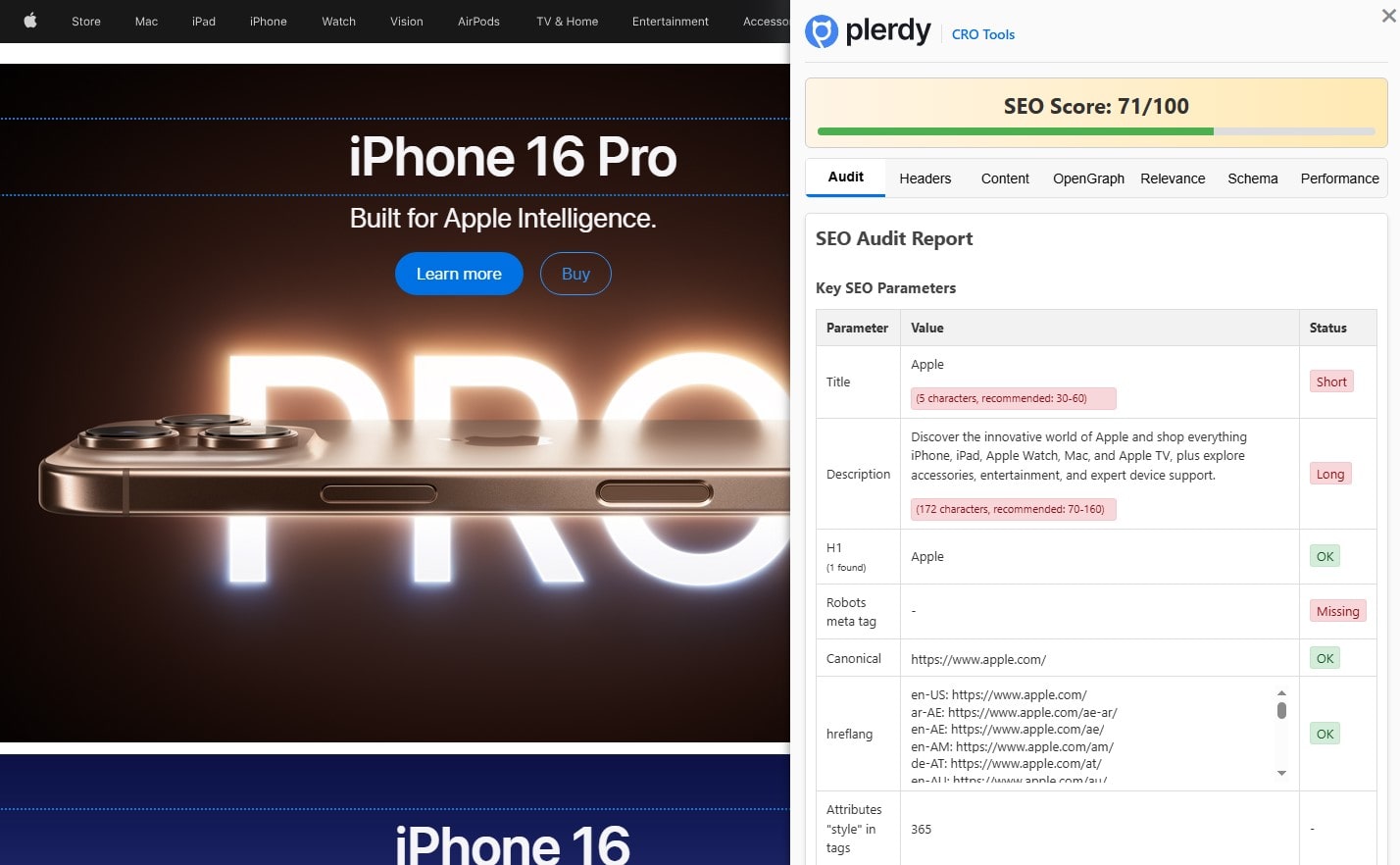
Metadata That Converts
Metadata is your first punch. If it’s weak, user scrolls past. No click. No traffic. No conversion. You lose.
To make SEO bring results, your meta needs action. It should scream value. Not whisper some generic thing.
Look, here are 3 examples that can actually bring conversion:
- “SEO optimization software for 2025 – Start free, no signup”
- “Boost CRO with our easy website tweaks – Try it now”
- “Get more conversion from every visit – Simple optimization guide”
You don’t need fancy words. You need clear ones. Use verbs. Add benefits. Hint reward.
Bad CTA in meta? “Submit your form.” Ew.
Better: “Get free SEO checklist that converts.”
That’s how you turn SEO into CRO.
Header Tag Strategy
Headers help Google. But also help users. Without them, your page looks like a wall of blah.
People scan. They don’t read like novels. So your headers must guide the eye. Fast.
Here’s a clean setup:
- One H1. Just one. Don’t get greedy.
- H2 for big topics (like now).
- H3 for details, examples, optimization tips.
And please — stop using “Welcome to our page” as a header. That’s not SEO. That’s wasted space.
Instead, use something like:
“How SEO Optimization Increases Conversion with Smart CRO”
That one gives value. That one gets clicks.
Internal Links That Guide Action
You want visitors to move? Then guide them. Internal links are your path signs.
Without them, people get stuck. They leave. Your SEO dies. Conversion? Zero.
Use links like this:
- From blog → to product
- From features → to demo
- From stats → to real CRO case study
Make it smooth. Natural. Not spammy.
“I didn’t even feel like I was being sold,” one guy told me after visiting our page. That’s good CRO. That’s real optimization.
Internal linking helps SEO, keeps users longer, and improves conversion. All-in-one move.
Speed Up and Simplify the User Experience
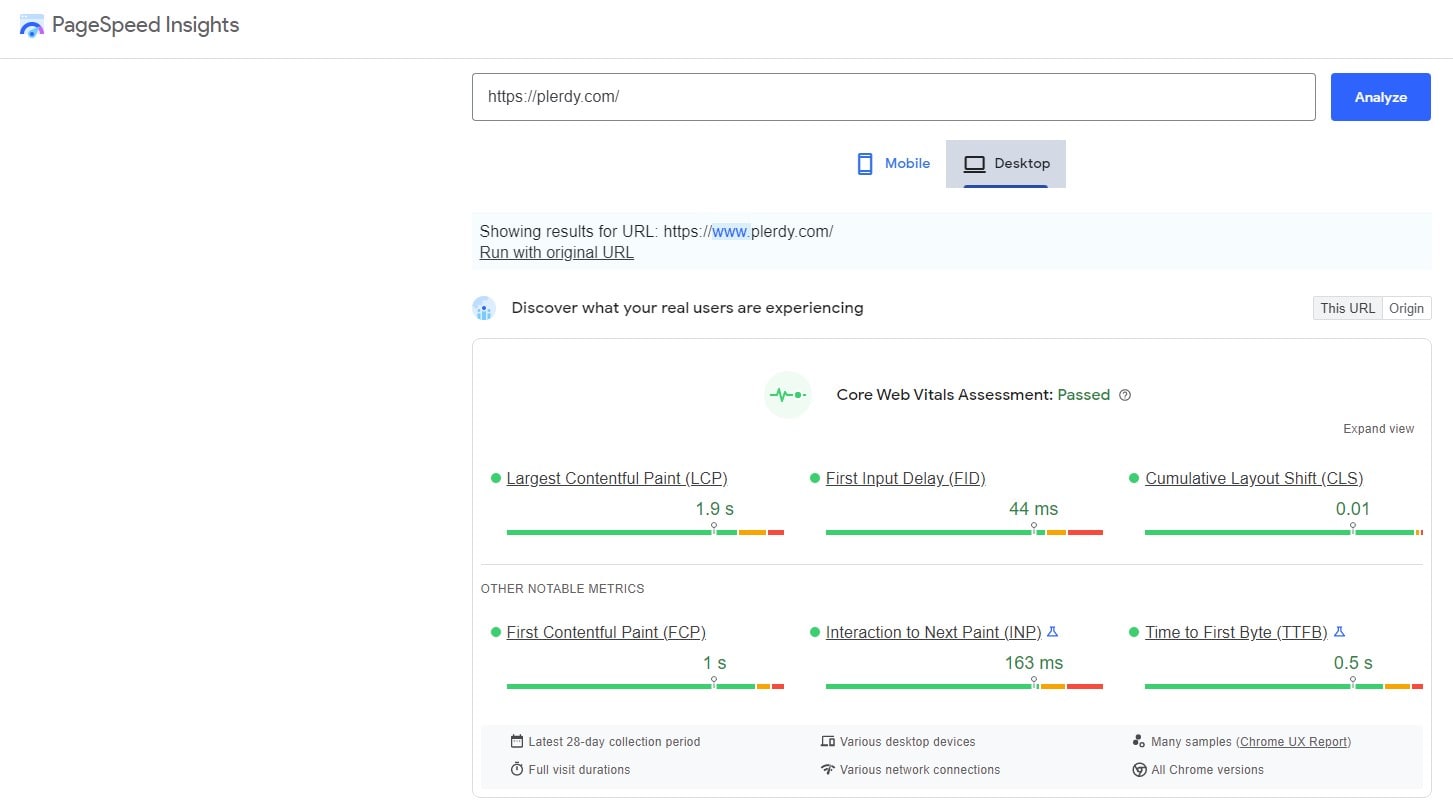
Why Page Speed Matters for SEO & CRO
Here’s the ugly truth: A 1-second delay in page load? It can kill 27% of your conversions. Boom. Gone.
You worked on SEO for weeks, maybe months. You brought traffic. But if your site loads slow, users bounce. Google sees it. Your optimization suffers. Your CRO flatlines.
Fast sites win. That’s it. They rank better. They convert better. And people trust them more.
Use these 3 tools to fix your speed mess:
- PageSpeed Insights – Google’s own tool. Shows what kills your SEO and what to fix.
- GTmetrix – checks both speed and UX pain points.
- WebSite Auditor – helps with on-page SEO and technical optimization.
Don’t wait till users leave. Speed is part of conversion optimization now. Make it snappy.
Mobile-First Design Boosts Conversions
Your users are on mobile. Like, 60–70% of them. If your site looks bad on a phone — goodbye conversions.
Mobile UX is not “optional” anymore. It’s where SEO, CRO, and optimization meet face to face.
So what to fix?
- Buttons should be fat enough.
- Text must not need zoom.
- Menus must open fast.
- Forms should not be a torture.
I switched one site to proper mobile layout, and guess what? Conversion rate jumped by 38%. No extra traffic. Just better layout.
If your site ain’t friendly to thumbs — you’re wasting SEO potential and CRO opportunities.
Clean Navigation Wins Clicks
Users don’t want to solve puzzles. They want fast paths.
Simple nav = better UX.
Better UX = stronger SEO + better conversion optimization.
And that’s what we’re here for.
Local SEO Tricks That Drive Conversions

Optimizing Your GMB Profile
Your GMB profile is your digital storefront window. Dirty glass? No one walks in. Same with Google.
When people type “best pizza near me” — they don’t want blog posts. They want fast answers. Open hours. Ratings. Directions. That’s where conversion starts.
You want local SEO to work? Then fix your GMB. Here’s your hit list:
- Add real photos. Not stock. Not blurry.
- Update hours, phone, website.
- Pick correct categories. Google likes precision.
- Collect reviews. Even the “meh” ones. They add trust.
With GMB done right, your optimization isn’t just for ranking — it’s for foot traffic and CRO. One pizza joint I worked with got +54% calls in 2 weeks. No extra ads.
How Location-Specific Pages Help Convert
Let’s say you rank for “SEO consultant Chicago.” That’s cool. But if your page says nothing about Chicago… user bounces. Conversion = zero.
Local pages speak to the person. “Yes, we serve your area.” That’s comfort. That’s CRO magic.
I built separate location pages for a cleaning company. Same service, just different city names. Bam — 73% more leads in 1 month.
Don’t make Google guess. Don’t make people guess.
Use location, show trust, and let your SEO optimization bring real results.
Craft CTAs That Actually Convert
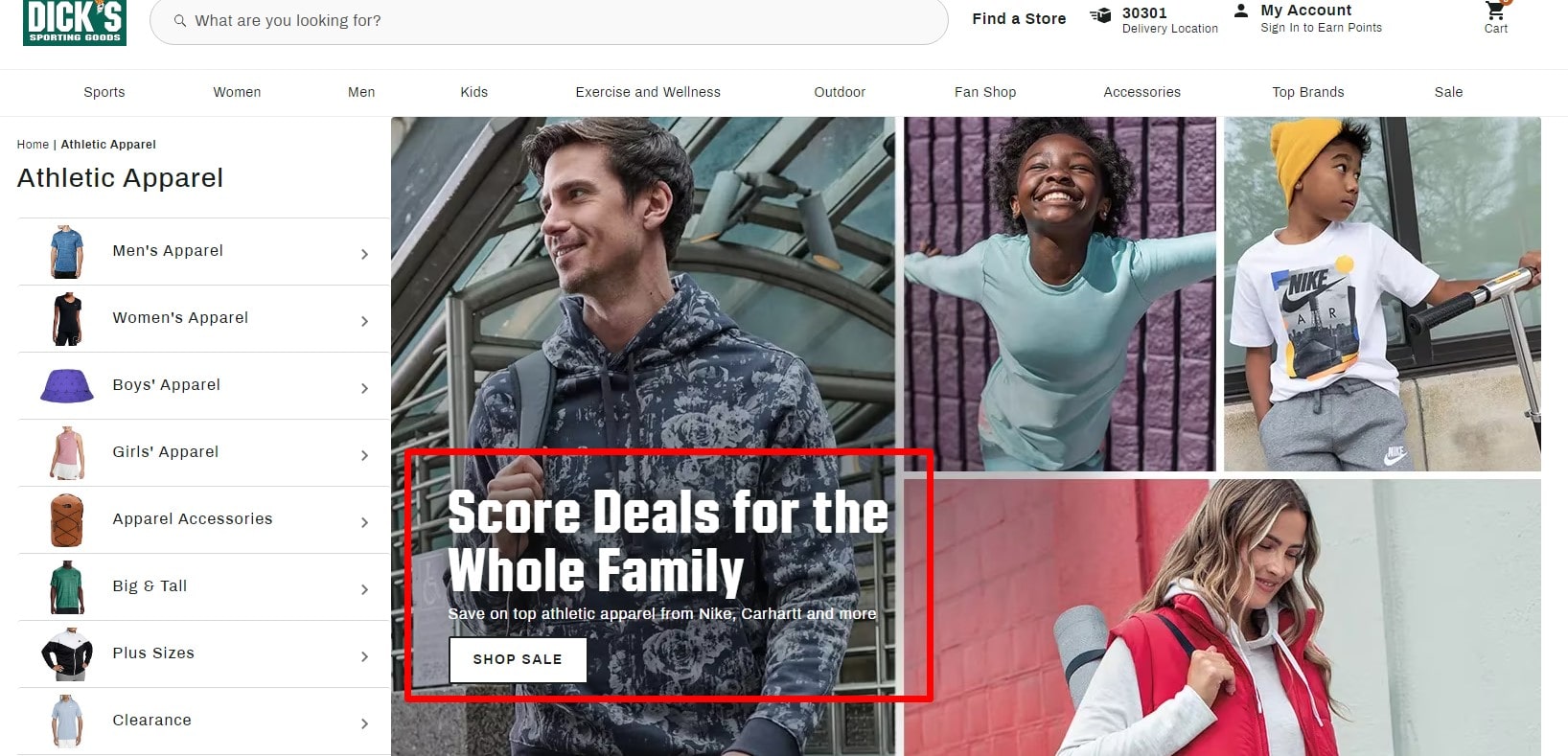
The Problem With Vague CTAs
Imagine you did killer SEO, traffic is flowing, your design is fire… and then your CTA says “Submit.” Bruh. That’s not a conversion, that’s a mystery.
CRO dies when buttons sound like legal forms. People need clarity. If you don’t tell them what happens, they just leave. All your SEO effort? Wasted.
Optimization is not only for speed or meta tags. It’s also for words. Big traffic doesn’t matter if your CTA whispers instead of screams.
Be loud. Be clear. Be useful. CTAs should feel like an invitation, not a trap.
How to Write High-Converting Buttons
Your CTA is your closer. Your deal-maker. Without it, you get zero conversion.
Here’s what works:
- “Get My Free SEO Report” – simple and value-packed.
- “Start CRO Optimization Now” – action meets purpose.
- “Show Me How to Boost Conversions” – builds trust.
- “Optimize My Traffic for Results” – combines SEO + CRO.
See what’s happening? Each one mixes benefit with intention. That’s pure conversion optimization. Never forget: your CTA is where you create real conversion in SEO and turn clicks into revenue.
No fluff. No weird terms. Just helpful, human text. Because real people don’t click “Submit” — they click what feels right.
CTA Placement Strategy
You can’t hide CTAs and pray. That’s not how SEO becomes conversion.
Stick your buttons:
- Right after explaining value.
- Mid-content (they’re ready).
- Top of page (some just wanna go fast).
- Bottom, of course, for the patient ones.
CTA placement is its own CRO optimization move. Even changing the scroll position of a button helped me lift conversions by 29% on one Plerdy landing page.
SEO brings them. CTA moves them. Optimization seals the deal. Don’t mess that up.
Use A/B Testing and Analytics the Smart Way

What to Test First for Better Conversions
You made the blog. Did all the SEO magic. Traffic comes, but still… no conversion? Happens all the time.
Sometimes it’s not the traffic. It’s the button that sucks. Or maybe your form scares people. We changed one CTA from “Start” to “Get My Free Trial” — guess what? +40% clicks. Just one tiny change, real CRO impact.
So what should you test first?
- Headlines (boring titles kill vibes).
- CTA words (never say “Submit,” ever).
- Layout (maybe your form is hiding).
- Page design or even trust badges.
Conversion optimization starts with small changes, not full redesigns. Test smart, not hard.
Free Tools for Tracking Results
No tracking = flying blind. Don’t do that.
Here are my go-to free tools:
- Google Analytics 4 (GA4) – perfect for checking bounce rates, user flows, all that SEO stuff.
- Google Tag Manager – event tracking without bugging devs every day.
- Plerdy – the underrated king. You get heatmaps, click reports, scroll maps, and even A/B test support. Plus, it connects SEO data with CRO behavior.
With these, you don’t just see what’s happening — you see why. And that’s what fuels good optimization.
How to Analyze SEO + CRO Together
Don’t treat SEO and CRO like they live on different planets.
They are married. One brings traffic. One brings money.
Analytics is the couple therapist. It keeps the conversion optimization relationship happy. Tools like Plerdy let you monitor conversion SEO metrics and find exactly where users drop off.
Keep Visitors in the Funnel (Don’t Let Them Bounce)
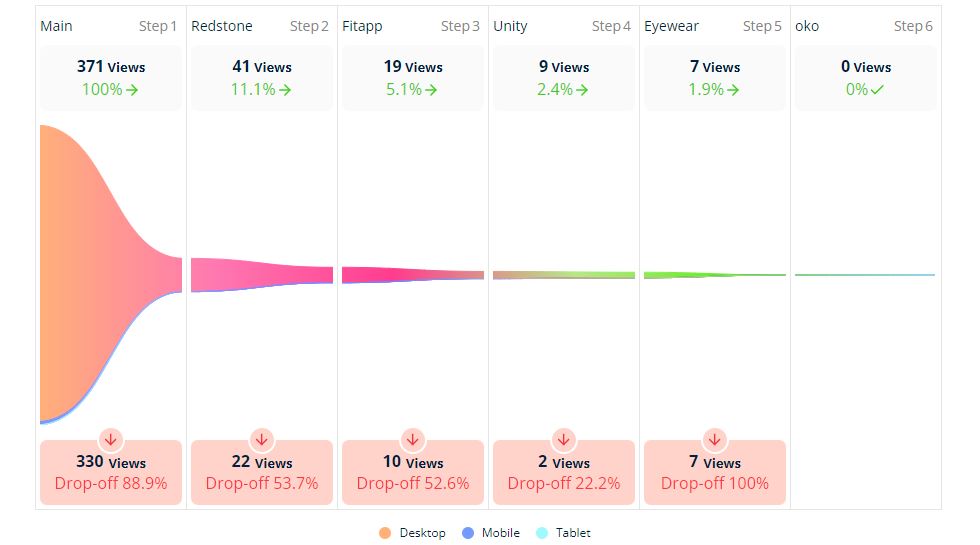
Funnel Mapping for SEO
So you nailed your SEO, traffic’s rolling in… but bounce rate? Sky-high. That’s a red flag. People land on your page, see zero direction, and peace out. Not cool.
Conversion optimization is not just flashy CTAs. It’s about giving visitors a path. A map. A reason to stay.
Here’s the flow I use:
Blog ➝ Resource Page ➝ Demo Page ➝ Purchase
Each stage should link naturally to the next. No dead ends. No “Where do I click now?” confusion.
You want CRO? Then give users a GPS. Otherwise, your SEO just fuels exits.
Page Roles in the Buyer’s Journey
Every page on your site has a job. Some pages are talkers. Others are closers. You gotta treat them that way.
Let’s break it down:
- Top of Funnel – Blog posts, comparison guides, infographics
- Middle of Funnel – Case studies, how-to videos, product features
- Bottom of Funnel – Demo signup, pricing page, testimonials
Don’t pitch hard on a blog post. Don’t educate on a checkout page. Wrong content at wrong stage = failed CRO and no conversion.
Use this smart flow to connect your SEO traffic to real buyers. That’s real optimization.
Internal CTAs That Guide the Journey
Use soft CTAs like “Read next,” “See how it works,” or “Compare plans.”
Keep users moving. Each click is one step deeper into your conversion funnel.
Don’t Forget Technical SEO
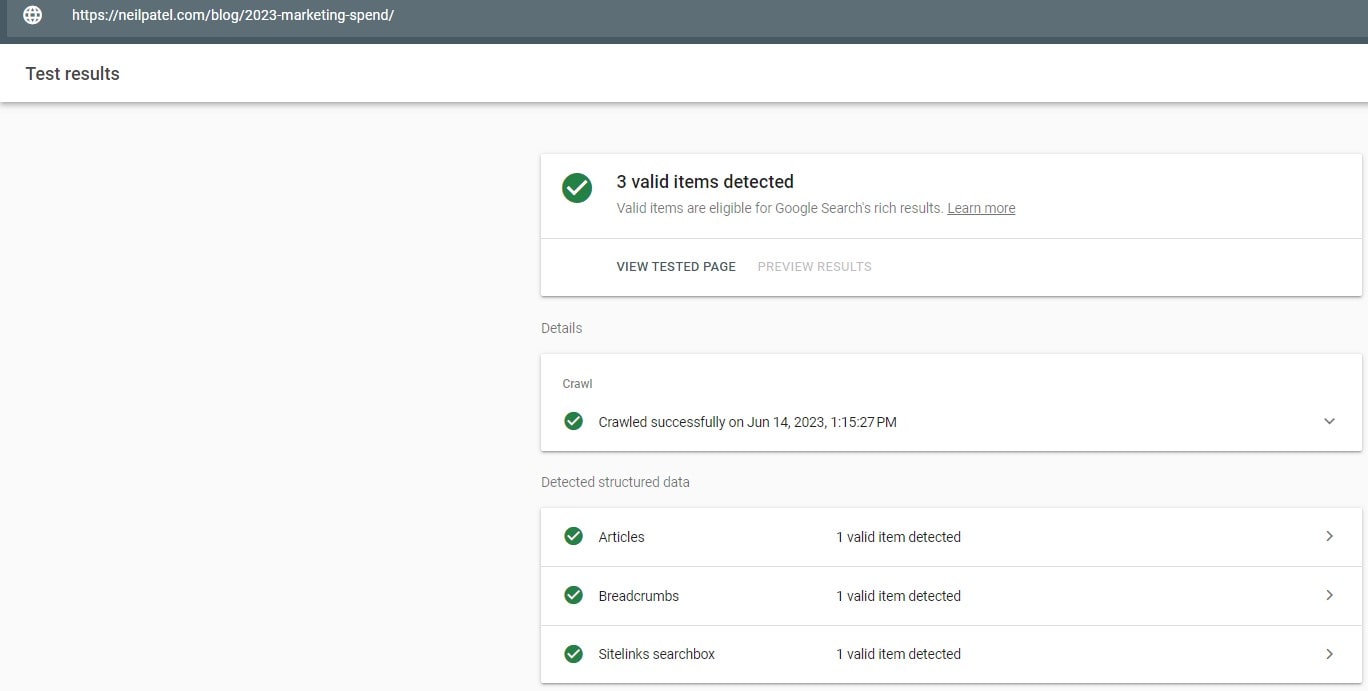
Indexing and Crawl Budget
Let’s be real. You can do all the SEO magic you want—meta tags, headers, even CRO tweaks for better conversion—but if your pages ain’t indexed, nothing matters. That’s like throwing a party and not sending the invites.
Google’s crawl budget? It’s limited. You don’t want bots wasting time on useless URLs or duplicated junk. You want them deep-diving into your optimized product pages, your conversion-focused landing pages, your juicy SEO blog content. That’s why technical SEO is not just tech geek stuff. It’s pure optimization. It’s real CRO.
Use Google Search Console, Screaming Frog, or Sitebulb to see what’s indexed, what’s blocked, and where you’re bleeding SEO potential.
Schema Markup for Rich Snippets
Google sees your website like a chaotic garage sale. Schema markup? That’s your label maker. It adds structure. It boosts SEO visibility. It pushes users to click and maybe even buy—that’s the conversion dream, right?
Wanna boost optimization? Start here:
- Product – Shows price, availability, and drives CRO
- FAQ – Fills up search result space, helpful for SEO
- Review – Adds trust. More stars, more conversion
Schema isn’t decoration—it’s SEO fuel. And in 2025, with all the AI noise, structured data makes your pages loud and clear. CRO-friendly. SEO-optimized. Conversion-ready.
Identify What Stops Users From Converting
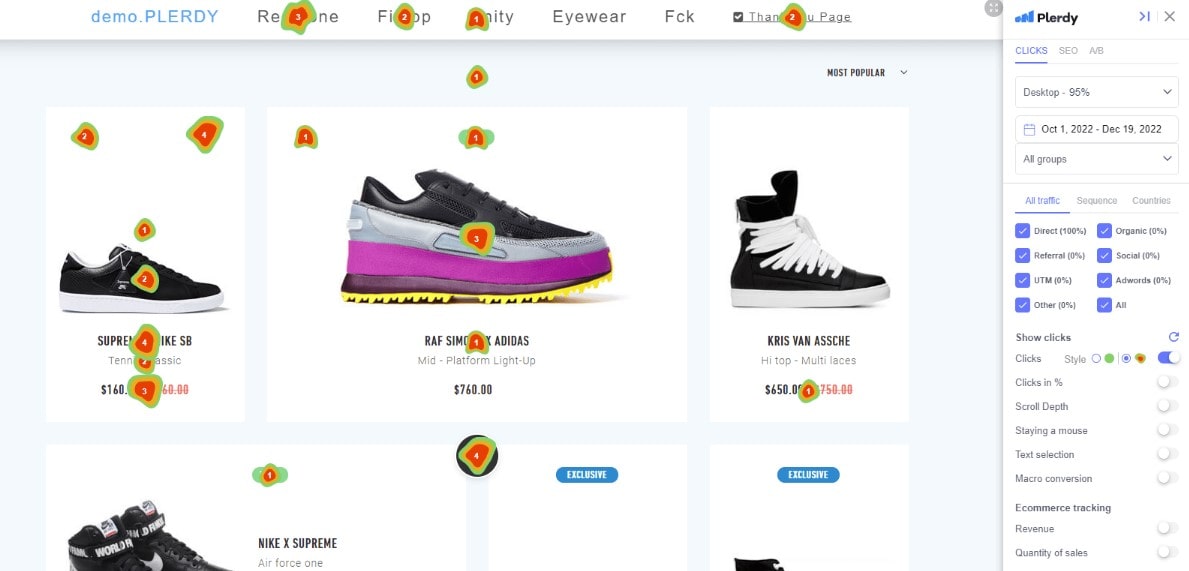
Using Behavior Analytics (e.g., Hotjar, Plerdy)
You work hard on SEO. You fight for Google ranks. You bring traffic. But… where’s the money? Where is the conversion?
Time to stop dreaming and start watching. Use behavior analytics tools like Plerdy and Hotjar. They show real actions. If people rage-click your menu or bounce after 2 seconds, that’s your clue. If they scroll fast but never click CTA — yeah, your CRO needs help. SEO is not enough without conversion optimization.
These tools are the eyes. You see problems. You fix them. That’s how real SEO optimization works today. Not just traffic. You want results? Then use data. And fix what breaks the CRO flow.
Common UX Killers
So what kills your conversion? Not always big things. Tiny UX bugs do the job.
- Confusing layout with random CTA buttons
- Popups attacking users before page even loads
- Slow mobile view with broken design
These destroy your CRO faster than bad hosting. Even if your SEO is top-10, you still lose leads if the experience sucks. Optimization is not one fix. It’s all the little things.
Real conversion optimization means fixing details. UX, layout, structure. It’s all part of your SEO system.
Ask and Adjust (Feedback Loops)
Ask real users. Use tools like Plerdy to launch feedback forms. Then optimize based on their answers. That’s smart CRO. That’s real SEO conversion strategy.
Conclusion
You can have all the traffic in the world, but if no one clicks that “Buy” button, it’s just internet noise. SEO brings people in — but conversion optimization makes them stay. And click. And pay.
So don’t just chase rankings. Fix your CRO. Track with Plerdy. Test stuff. Improve fast. Even 1 small tweak can boost conversions by 20%.
You ready for action?
Then stop watching and start optimizing.
